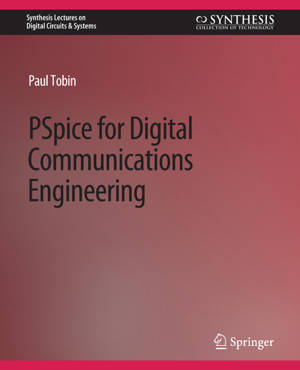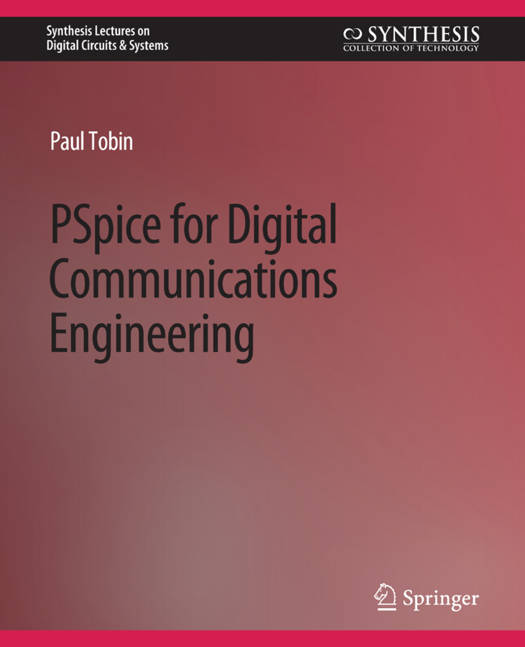
- Retrait gratuit dans votre magasin Club
- 7.000.000 titres dans notre catalogue
- Payer en toute sécurité
- Toujours un magasin près de chez vous
- Retrait gratuit dans votre magasin Club
- 7.000.0000 titres dans notre catalogue
- Payer en toute sécurité
- Toujours un magasin près de chez vous
Description
PSpice for Digital Communications Engineering shows how to simulate digital communication systems and modulation methods using the very powerful Cadence Orcad PSpice version 10.5 suite of software programs. Fourier series and Fourier transform are applied to signals to set the ground work for the modulation techniques introduced in later chapters. Various baseband signals, including duo-binary baseband signaling, are generated and the spectra are examined to detail the unsuitability of these signals for accessing the public switched network. Pulse code modulation and time-division multiplexing circuits are examined and simulated where sampling and quantization noise topics are discussed. We construct a single-channel PCM system from transmission to receiver i.e. end-to-end, and import real speech signals to examine the problems associated with aliasing, sample and hold. Companding is addressed here and we look at the A and mu law characteristics for achieving better signal to quantization noise ratios. Several types of delta modulators are examined and also the concept of time divisionmultiplexing is considered. Multi-level signaling techniques such as QPSK andQAMare analyzed and simulated and 'home-made meters', such as scatter and eye meters, are used to assess the performance of these modulation systems in the presence of noise. The raised-cosine family of filters for shaping data before transmission is examined in depth where bandwidth efficiency and channel capacity is discussed. We plot several graphs in Probe to compare the efficiency of these systems. Direct spread spectrum is the last topic to be examined and simulated to show the advantages of spreading the signal over a wide bandwidth and giving good signal security at the same time.
Spécifications
Parties prenantes
- Auteur(s) :
- Editeur:
Contenu
- Nombre de pages :
- 199
- Langue:
- Anglais
- Collection :
Caractéristiques
- EAN:
- 9783031797576
- Date de parution :
- 31-12-07
- Format:
- Livre broché
- Format numérique:
- Trade paperback (VS)
- Dimensions :
- 191 mm x 235 mm
- Poids :
- 415 g

Les avis
Nous publions uniquement les avis qui respectent les conditions requises. Consultez nos conditions pour les avis.






